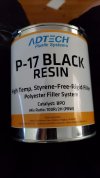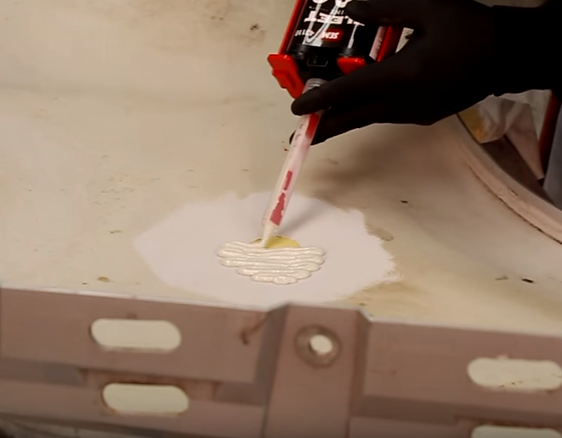Jim C
Oldtimer
Looking at those pictures, if i was fixing those i would take a 2” grinder with a 36grit disc and dish out those cracks until they were completely gone or you were close to going through. I would mix up some west system and glass, lay up enough layers to build it up higher than the surrounding area. Let cure 24hrs. Come back and grind it flat then skin it with adtech, block smooth, epoxy primer then on with the rest of your paint process. I have heard may guys mention the vpa adhesive but i have never personally used it so i cant comment on that. Personally i always repair glass with glass.


